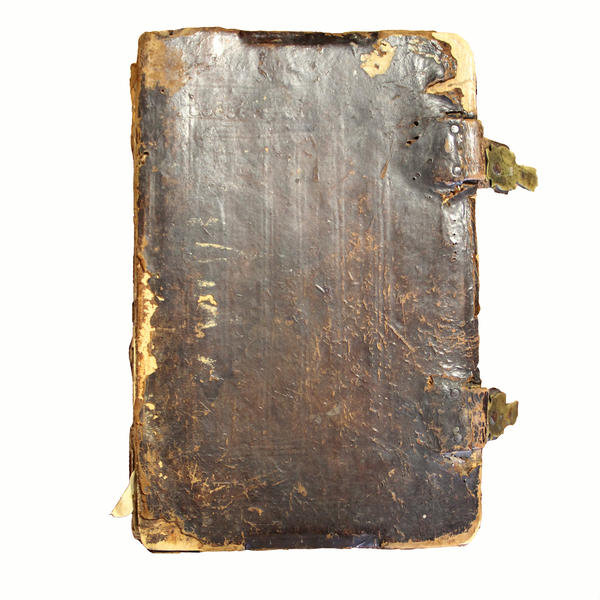Synaxar, or Synaxary means collection in translation from Greek. That was the name for books containing biographies of saints, their instructive words and edifying stories. The Slavic version of the title, the Prolog, appeared when translators mistakenly translated the subtitle of the name of the book. All texts of the Prolog are associated with dates of the church calendar and are timed to them.
Prolog
Creation period
1643
Dimensions
30x19x10 cm
30x19x10 cm
30x19x10 cm
Technique
Binding of board in leather with embossment, metal clasps, paper
Exhibition
2
Open in app#1
Prolog
#3
#9
Synaxaries contain explanations and descriptions of holidays and remembrance dates, information on what event or recollection is connected with them and why. Some of them relate to legends and stories about miracles performed by saints that were invented by people.
Prologs were intended to be read at the morning services in the church. The Russian Prolog was often edited, new lives of saints were added from time to time, so there are many editions.
#10
The oldest Prolog in the Slavic language appeared around the 12th century. The Greek text of the original, which contained biographical references about Byzantine figures Ilya Greek and Konstantin of Mokhisy, was immediately subjected to Slavic editing: they included in the book remembrance dates and religious edifying texts related to Russian and South Slavic saints.
#11
The appearance of the Prolog became an important event for the church and for the people. In fact, the synaxar became the textbook of life, which included all important topics affecting lay people, monks and married people. There were included texts about divine power and mercy, about fear of God, love for one’s neighbor, selflessness, honoring of parents and the church, about the order of services and compliance with it. There were also household guidance on how to raise children or fight alcoholism.
#12
Usually the Prolog consisted of two parts. In the first part there were readings for the autumn and winter months, and in the second - for spring and summer. Each volume could be issued in two books to separate the seasons, one from another.
#13
The book, preserved by the museum, is the second supplemented printed edition of the Prolog, published in 1643. Unlike the first edition printed a year earlier, about 40 texts about foreign saints were removed from it and more than 20 texts about Russian saints were added. The book also included a description of a battle of a war between Suzdal and Novgorod and biographies of the great Russian princes: Alexander Nevsky, Fyodor Smolensky, Mikhail Chernigovskiy. There is also the life of the Reverend Sergiy Radonezkiy, one of the most honored saints in Christianity.
#5
The synaxar has reached the present days in a damaged condition. The spine is torn off and first pages are missing. Wooden covers of the binding, covered with leather and decorated with embossment and metal clasps are preserved.
#6
The binding is broken: the spine is lost, the covers of the binding and the clasps are preserved. Several sheets at the beginning are missing.
read morehide
00:00
00:00
1x
Prolog
Creation period
1643
Dimensions
30x19x10 cm
30x19x10 cm
30x19x10 cm
Technique
Binding of board in leather with embossment, metal clasps, paper
Exhibition
2
Open in app
Share



